You are here
Please respect the outdoors by practicing Leave No Trace. Learn more about how to apply the principles of Leave No Trace on your next outdoor adventure here.
White Mountains, New Hampshire
Mount Rainier National Park
Northern Front Range, Colorado
Mount Hood Wilderness
Mount Hood Wilderness
Mount Shasta + Medicine Lake Area, California
Eastern Sierra + White Mountains Area, California

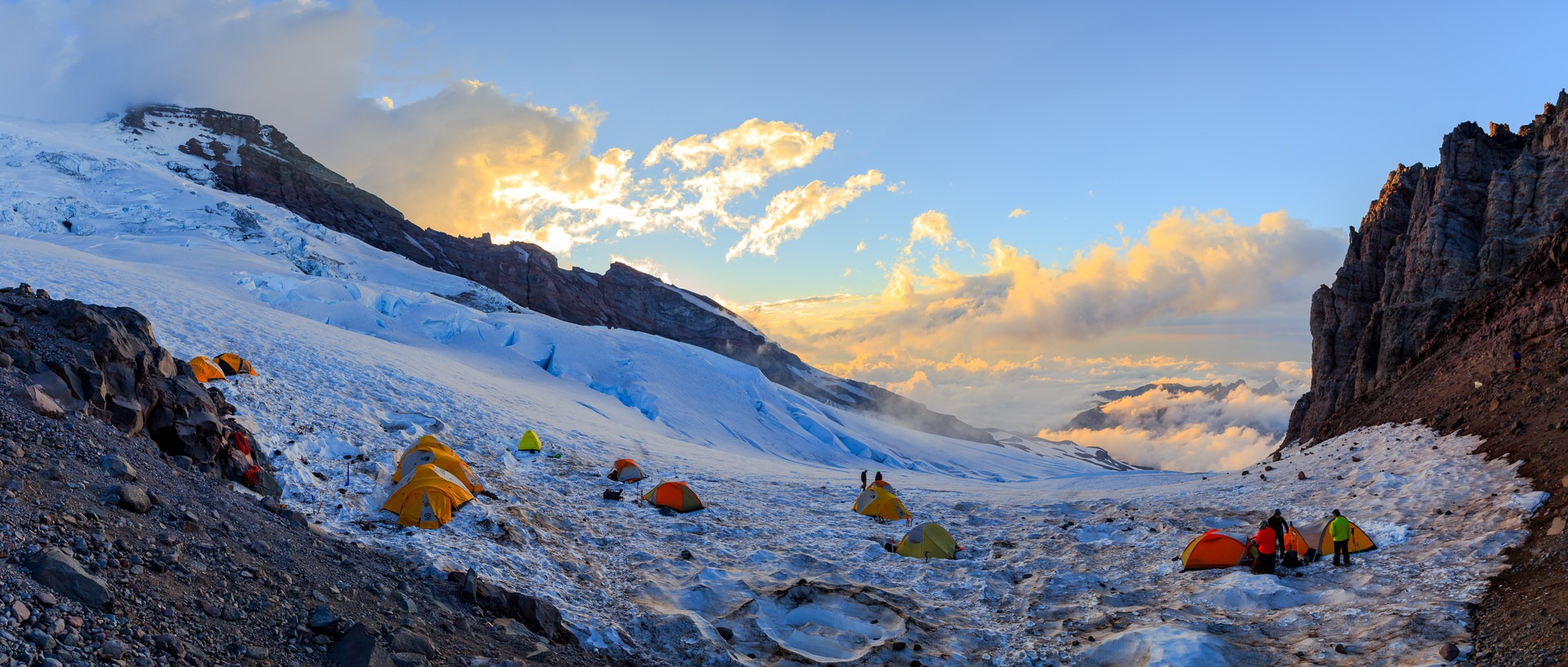
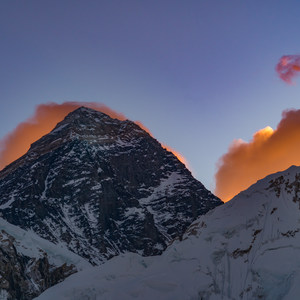
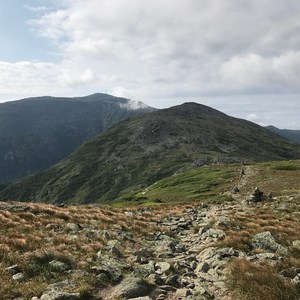
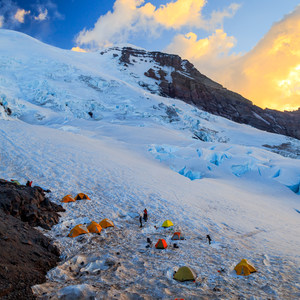
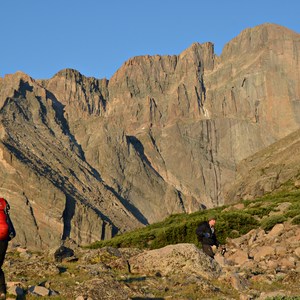
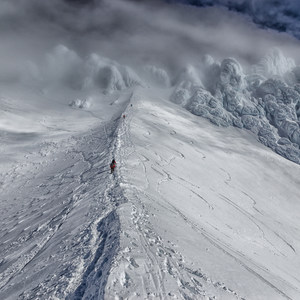
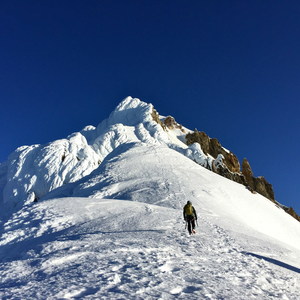
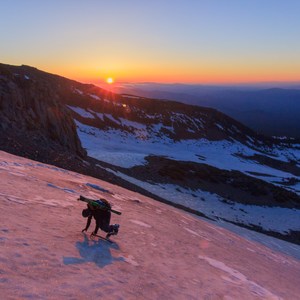
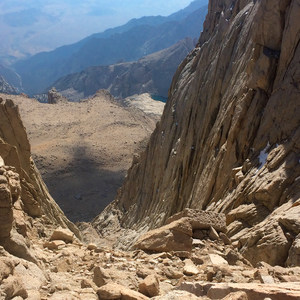



Comments
Sign In and share them.